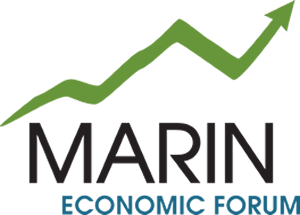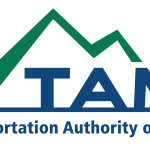10/2023 Blog Topic: West Marin labor issue shows the need for collaboration
October 2023
| The Pt. Reyes Light recently published an article about West Marin restaurants need to cut hours of operation due to lack of staff, whether it be a part-time barista or a highly skilled, well-paid chef. The situation is doubly frustrating for these restaurants as tourism activity is surpassing pre-pandemic levels. One of the reasons for their struggle is a small labor force in West Marin due in part to a shortage of affordable housing. Yet the housing issue has persisted for a long time, and it will take a long time to resolve. Without a strategy to expand the local labor force or entice non-locals to commute, the business sector in West Marin could shrink. That would leave precious tax revenues for public services also shrinking. In a way, what is happening in West Marin is a microcosm for all of Marin. Since the pandemic, the Marin labor force has remained about 5% smaller, with retirements, out-migration and population decline all playing some part. In some cases, raising wages or paying sign-on bonuses may help temporarily, but broader labor force challenges need to be addressed through a comprehensive and collaborative approach led by government, employers and the business community, education providers, and workforce development officials. There are some examples of how this is occurring. The Committee for Economic Development (a national group), has been promoting a set of recommendations for employers and policymakers to address the labor shortage, largely by engaging prospective employees from groups that may have been overlooked in the past, including older adults, formerly incarcerated individuals, recent high school graduates, and people with disabilities. Their recommendations largely put the burden on employers, but the public sector can help with incentives as can philanthropy and the non-profit sector. The labor shortage is heavily felt in the construction industry, which has experienced high demand and job openings since the economic recovery of the pandemic. A new federally funded program between the Department of Labor and the National League of Cities aims to address the shortage of over 1 million construction workers by identifying and training workers for the industry, with an emphasis on women and youth. The program will start in 12 cities across the U.S. as a pilot, with a goal to add more. Locally, a great model of collaboration is the Marin Builders Association North Bay Construction Corps., which provides high school students the training to secure a job in the construction trades immediately after graduating. This program creates a pipeline of talent while offering individuals good quality jobs. Another program that provides training on auto repair and other skilled occupations is underway at Terra Linda High School, supported by the Marin County Office of Education and the Charlie and Barbara Goodman Foundation. College of Marin regularly partners with private employers to do customized training, albeit in small volumes but scalable. These programs are good examples of how public-private collaboration can meet demand. Marin’s challenge is to take these successful models and replicate them across the county, while also focusing equally on sectors like IT and life sciences that have middle and high-wage occupations. One of the places to start would be in West Marin. In our effort to responsibly share data and information with our external audiences, we pay careful attention to data and other privacy rights to ensure compliance. In some cases, this means we can cite a source but we are unable to include access to the source itself as a link, attachment or otherwise, and it also requires careful attention to the reuse of that data for our own purposes. |
Mike Blakeley, CEO
Marin Economic Forum
Tags: blog














